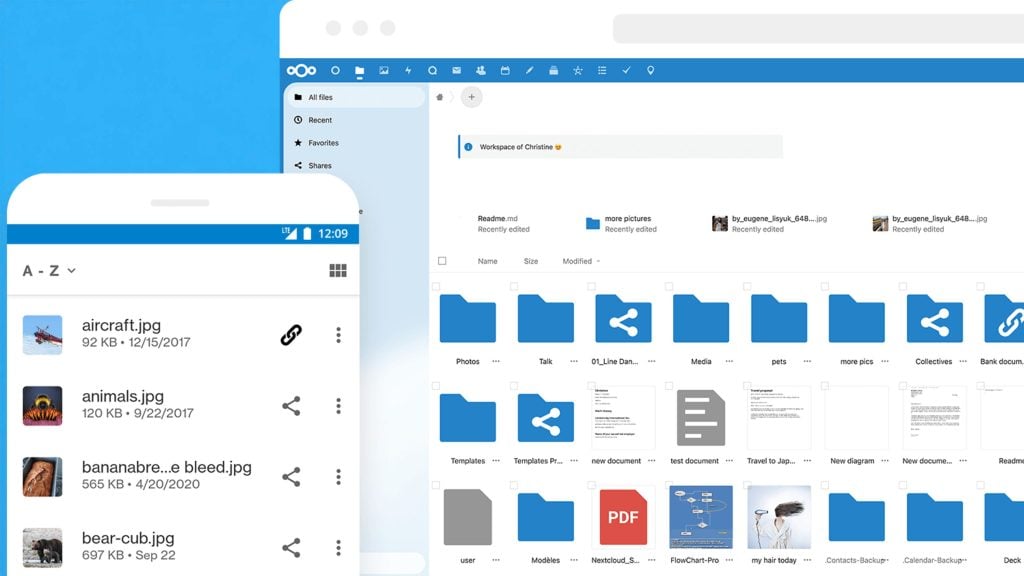Just because you buy a product doesn’t mean you actually own it; that’s the new normal that the advancement of technology has been slowly establishing over the past decades. Corporations look after themselves by using copyright protections such as digital rights management, DRM, but in this process, consumers’ rights are often restricted to an absurd degree.
For example – as Ryan Sullivan has discovered and then shared on Twitter – HP will disable ink cartridges in your (or, it would seem, their) printers if you stop paying a monthly subscription for a service that’s known as HP Instant Ink.
https://twitter.com/ryandonsullivan/status/1218149470220632064
Sullivan said he only discovered this when he became aware he was billed $4.99 per month by HP and, and not knowing what Instant Ink was, cancel the charge.
But he was in for a rude awakening: the otherwise properly functioning ink cartridges had been remotely disabled to stop accepting ink. In other words, Sullivan found out that all the while, he had been merely “subscribed” to the printer he thinks he “owns.”
“Cartridge cannot be used until printer is enrolled in HP Instant Ink,” Sullivan was informed.
It turns out that HP requires its customers to enroll HP Instant Ink eligible printers into one of the Instant Ink plans, and continue paying a monthly subscription in order to be allowed to use the device.
But where’s the need to come up with different plans coming from, you may wonder? HP explains: the company charges a fee based on the number of pages a customer prints each month, and the page count is shockingly monitored remotely.
Naturally, the scheme is not advertised as a rather unusual application of DRM, but a way for customers to save time and money. Still, it would seem HP has not exactly gone out of its way to explain all the consequences to those customers.
HP’s terms of service also say that these eligible, internet-connected printers can be remotely modified in several ways, including by applying patches, updates, and “changes” – without notifying customers.
Another thing HP can see thanks to the Instant Ink program is the type of documents you print, identifying them by extension as Word, etc., documents, PDFs, or JPEG and other types of images.










